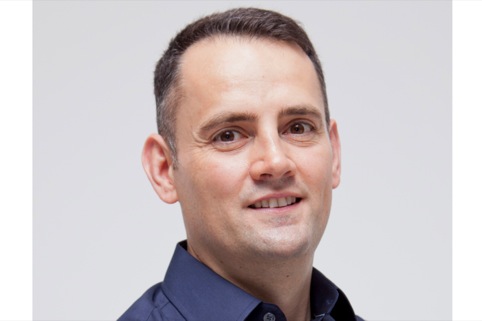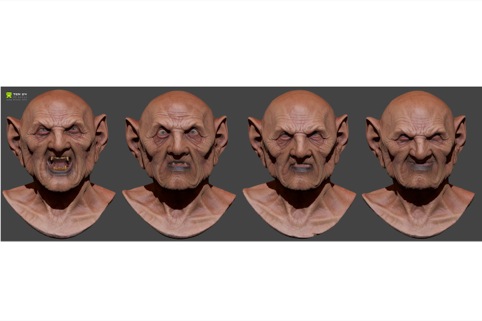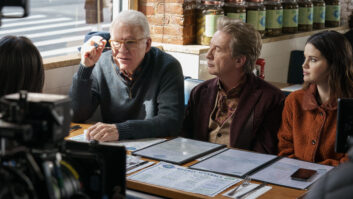
Over the last decade, we have seen the subtle but important evolution from simple body motion capture, such as stunt doubles, to full performance capture but we are still a long way from having believable entirely computer-generated movie stars.
That’s the view of Colin Urquhart (pictured), CEO at Glasgow-based facial capture specialists DI4D.
The most notable recent example of the technique’s evolution is the capture of Andy Serkis’ facial and body performance as Caesar in Rise of the Planet of the Apes.
“Although full performance capture has now been used successfully for apes, aliens and other fictional animated characters, it is still hugely challenging to capture and transfer the facial performance from an actor onto a convincing photo-realistic virtual human character,” said Urquhart.
“Over the next decade, with the adoption of new technology, it will become much less challenging to capture facial performance and produce convincing human facial animation. This will make it practical to use performance capture technology for a much wider range of performance and production. It will also make the concept of fully virtual cinematography a much more practical proposition.”
Although the Oscar-winning film Gravity may have been largely produced in computer, one aspect that was almost entirely filmed in live action was the facial performances. Indeed the production went to huge technical lengths to ensure that those facial performances could be used. This, said Urquhart, emphasises just how difficult it still is to produce convincing photo-realistic human facial animation.
“However, over the next decade this will become simpler and in future a movie like Gravity, perhaps could be produced entirely in computer – albeit with virtual versions of real-life movie stars.

“I personally believe that we are still a long way from having entirely CG movie stars that are not based on the likeness of a real life person, but which the public may still believe is a real life person. The reason for this is the difficulty of either manually producing facial animation with sufficient realism and detail, or maintaining realism of the subtlest expressions and performance when the performance of a real life actor is transferred to a different virtual character.”
Users of DI4D’s systems included: Electronic Arts, Sony Computer Entertainment, Remedy Entertainment, University of Glasgow and Dallas Children’s Hospital.
Photo: An example of current photo-realistic state of the art is the character of Satry from the BBC series Atlantis done by Ten24 (www.ten24.info)







